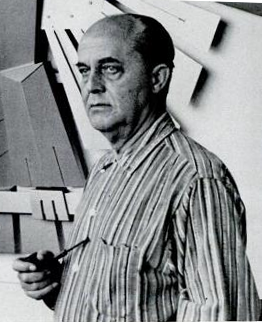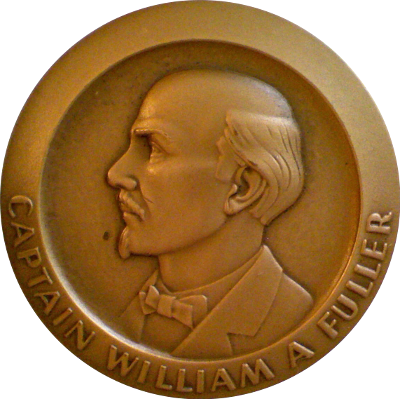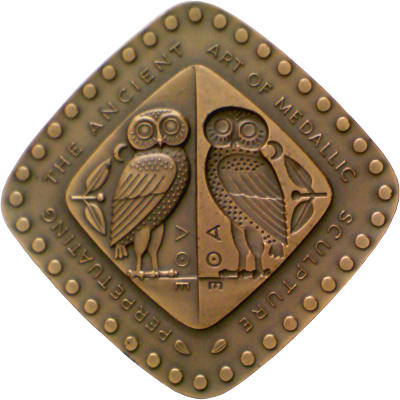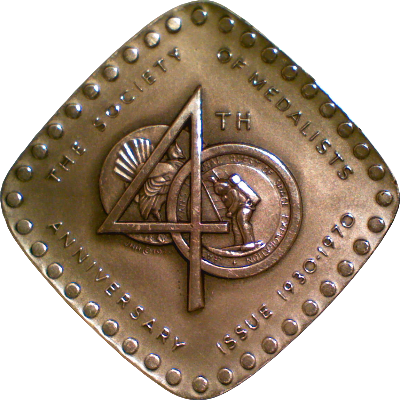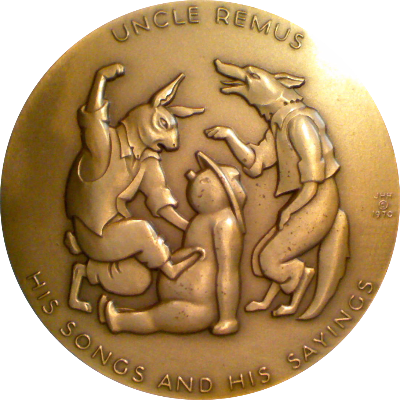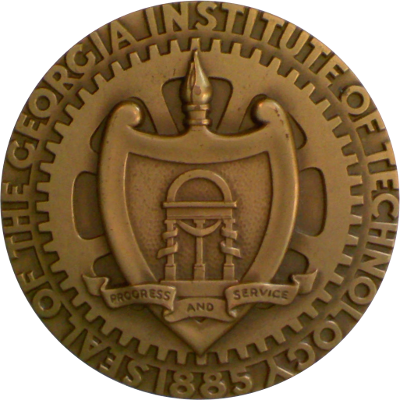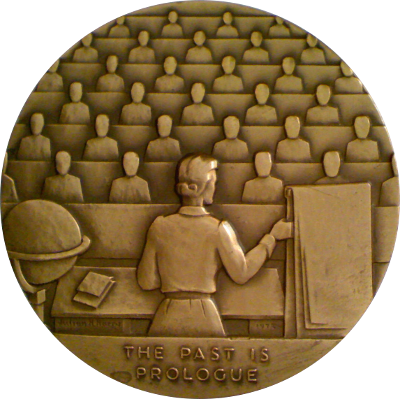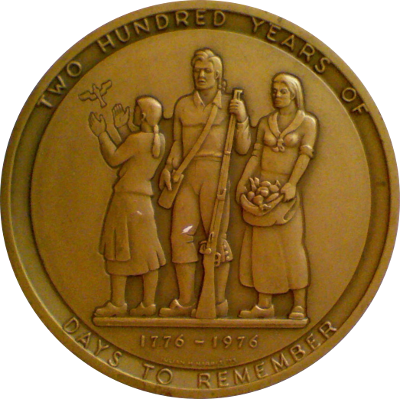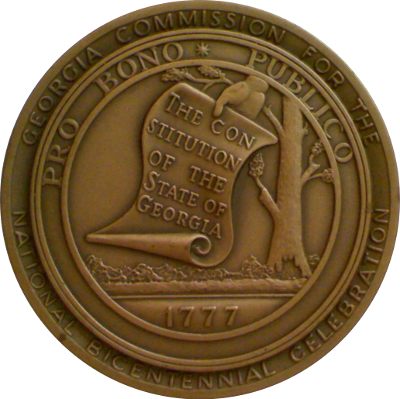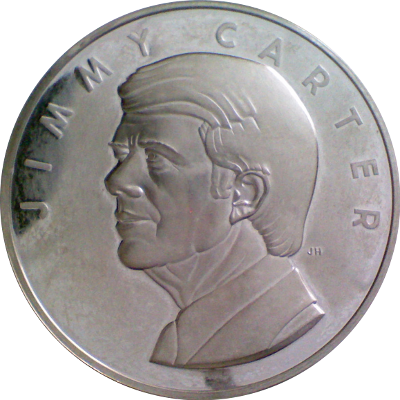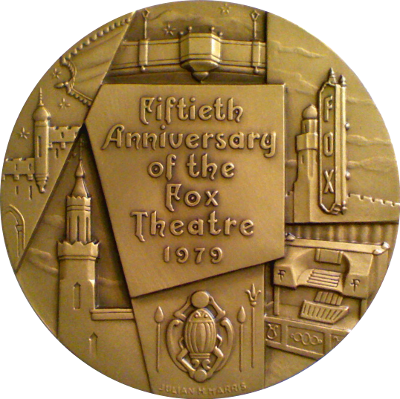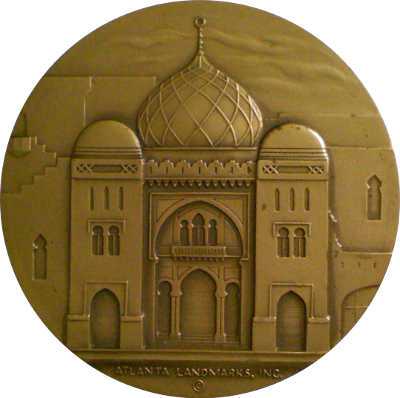Julian Hoke Harris was born in Georgia where he also spent significant parts of his life. In 1928 he received a B.S. in architecture from Georgia Polytechnic University (Georgia Tech). He then continued his education at the Pennsylvania Academy of Fine Arts where he studied sculpture. After graduating in 1934 he returned to Atlanta where he spent most of the rest of his life.
Harris opened his own Atlanta studio in 1933. He also started working as a part-time teacher at Georgia Tech's School of Architecture in 1936. He lived virtually on campus, eventually became a full professor, and would spend the next 36 years teaching Architecture there. World War II interrupted his career and he served in the Army Air Corps in the India-Burma theater. Harris and his wife Jean had two daughters, Jean Olivia, known as "Chatty," and Judy Ann, or "Missy," as well as a dachshund named "Hush-Puppy." Harris' wife coined his nick-name "Judy" which somehow stuck.
Over the next four decades he not only taught Architecture but also worked in close association with the architectural firm of Tucker & Howell. His sculptures grace many public and private buildings in Georgia and the Southeast, among them a bronze gate at the Naval Armory, a stained glass window at Brittain Dining Hall, reliefs at the Georgia Agricultural Building and the State Office Building.
While most of his work was architectural in nature, he was also an accomplished medallic artist. Over his lifetime he designed and executed more that twenty medallions, including Georgia Tech's Monie A. Ferst Medal, the bicentennial medal for the state of Georgia, a medal celebrating the Centennial of Andrews Raid (1962), both the 81st and the 40th Anniversary medal in the prestigious Society of Medalists series (1970), a commemorative medal for the Atlanta Public Schools (1972), and President Jimmy Carter's official inaugural medal.
Harris died in 1976.
Sourced from The Rotarian and the Smithsonian Institute.
